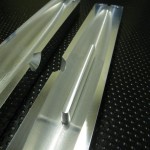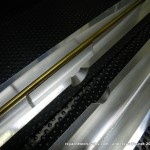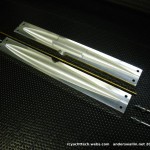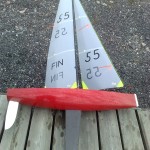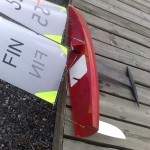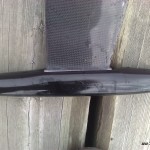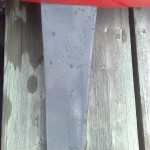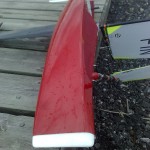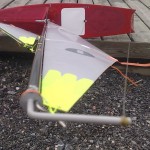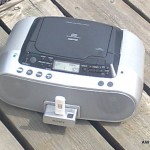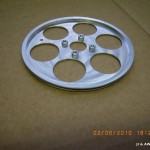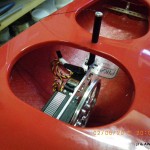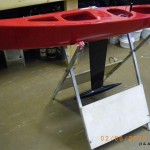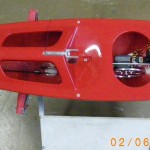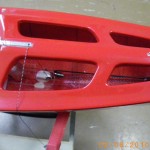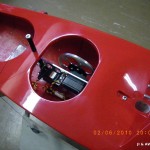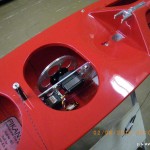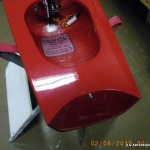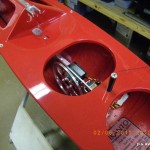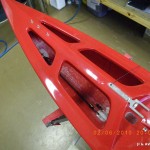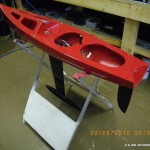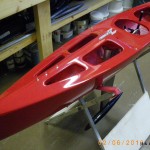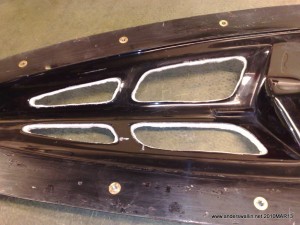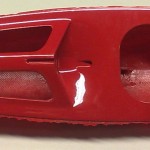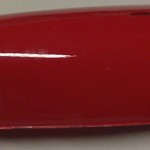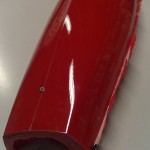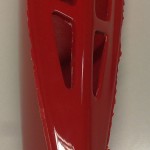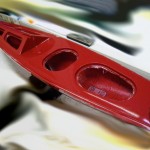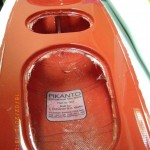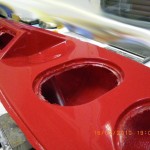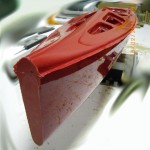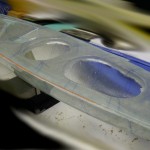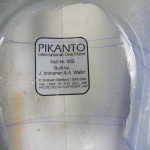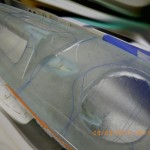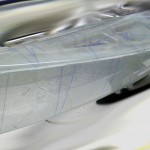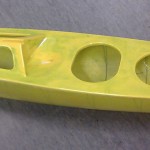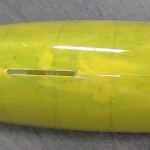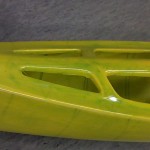Got a chance to sail PIKANTO hull nr 3 today in Turku. After a bit of servo-programming to get the travel on the HiTec winch dialled in right it was on with the deck patches and onto the water. Turns out the balance is pretty darn good as we had gusty nr1 rig weather today and the boat behaved very well in both the lighter and the stronger breeze. I missed two races because of a flat boat battery - the HiTec arm-winches demand a little more attention to batteries, wires, and connectors, since they draw quite a bit of current. After two summers of sailing a Noux with a fairly narrow 85mm chord fin the Bantock-style large-area fin (120mm chord at the root, tapering to around 70mm) feels easy to sail and difficult to stall. A bit more rudder travel, some more rig tuning, and lots of sailing routine and I feel this will become a great boat to sail.
Two non-PIKANTO pictures: In the middle of racing this dude pulls up with his muscle-motor-boat and starts to load it up with diesel. ZOMG: almost 400 liters costing more than 500 euros!
Our starting sequence was played from a USB-stick, no more trouble with wobble of the player causing the CD to jump and interrupting the sequence.
